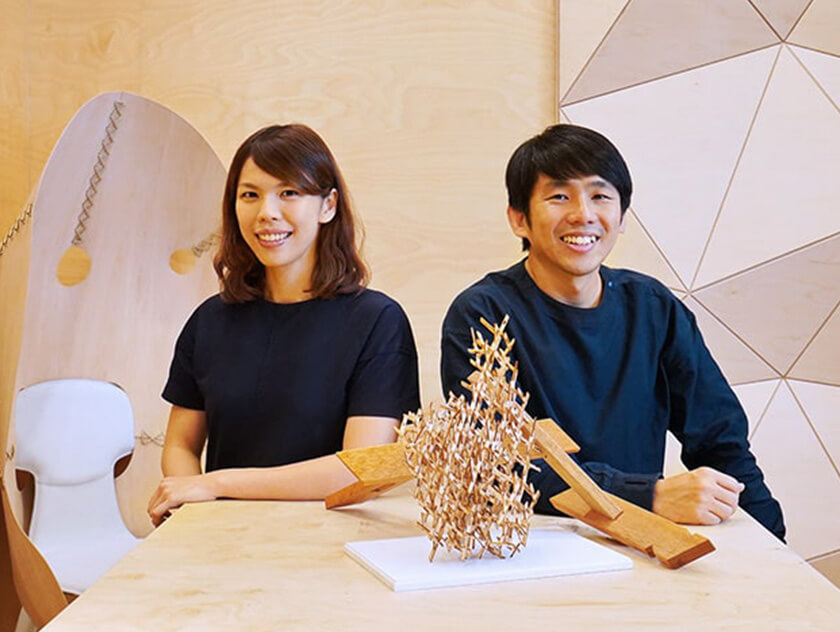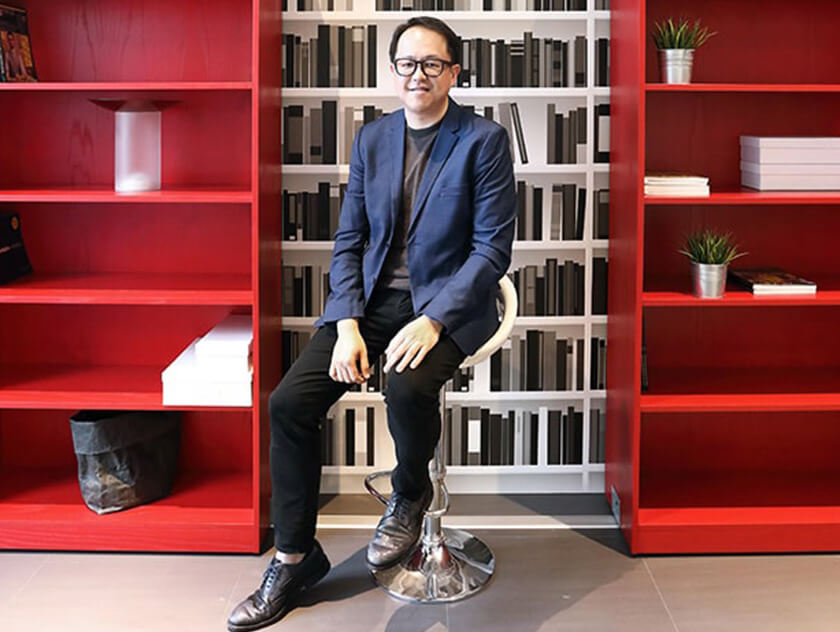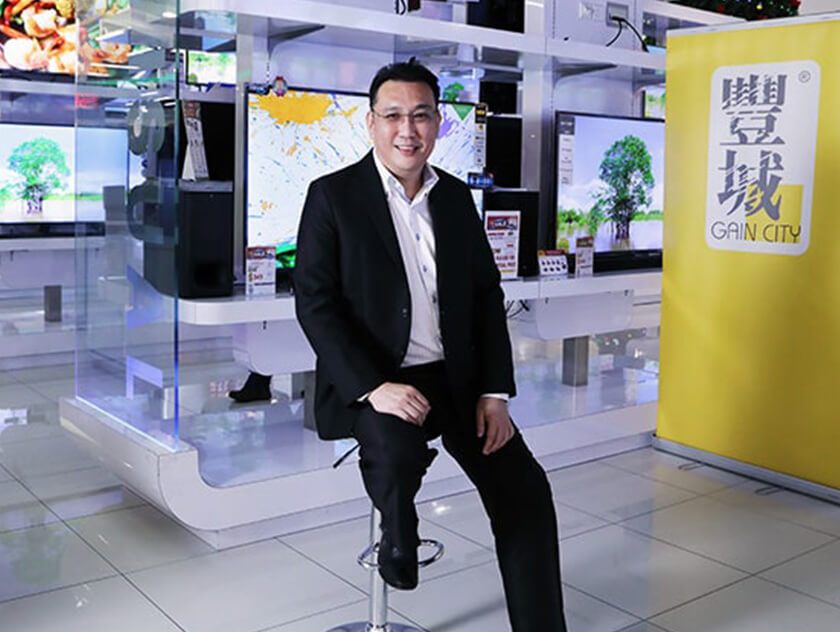This vision of Industry 4.0 – where manufacturing becomes exciting, high-tech and clean – is in tune with the rejuvenation of Sungei Kadut, where Sen Wan is currently located. There are plans to rethink the industrial estate’s facilities, resources and ecosystem to support companies’ efforts to go digital.
As one of Singapore’s largest suppliers of timber and plywood, Sen Wan started digitalising its operations four years ago. Previously, the company relied heavily on manual labour but Mr Chan saw the need to tap technology to automate production and boost productivity.
Sen Wan started adopting digital manufacturing methods to produce interior furnishings and wooden furniture for their clients such as condominium developers and interior designers. “We saw a drastic impact on the productivity, efficiency and cost when we made our designs computer-aided and modular,” explains Mr Chan.
For instance, the company adopted computer software to create digital designs that are then transmitted directly to machines for manufacturing. Using this method, products such as kitchen cabinets require a much shorter production time of less than half a day, down from three days when designs were done manually.
Digitalisation also minimises errors with programmed calculations, and optimises raw materials by enabling smarter planning on how each wood panel is sliced into smaller components.
Data analytics is another area that Mr Chan and his team are looking into to give their business a competitive edge. “We feel that there is a lot of opportunity to capture data of customers, to create customer relationship, loyalty and trust so that they will eventually come back to us,” shares Mr Chan.
One example of is in their work with German fittings company Häfele. By analysing data such as Häfele’s customers’ demand, Sen Wan proposes strategies on which products to focus on, as well as ways to lower costs and speed up production times. Such value-added service helps Sen Wan go beyond just manufacturing products for clients.
Sen Wan plans to grow its data analytics capabilities to optimise different areas of their work, from manufacturing to sales and customer relations. Mr Chan himself started learning the programming language Python and picking up data analytics to inspire his staff to learn new data analytics skills as well.
These various efforts to tap technology and data are just the tip of the iceberg of Sen Wan’s transformation. Mr Chan’s eventual goal is to fully automate the manufacturing process, to further optimise production and reduce reliance on manpower.
For example, he hopes to connect machines on the factory floor with self-driving vehicles that can deliver materials from one machine to another in multiple ways. This flexibility removes the linear order fixed by conveyor belts, freeing up certain machines that might not be needed for certain orders. Together with a smart planning system, this can help Sen Wan cater to more orders and customisation requests, as well as speed up production, explains Mr Chan.
Sen Wan hopes to introduce some of these technologies they are looking at in a pilot smart factory in the next few years. The aim is to create a high-tech and clean working environment, which could also help with attracting younger talents to join the industry, he adds.
Another idea is to open up their factory to the community. Drawing inspiration from the factories that he visited in Germany, Mr Chan envisions a mezzanine floor where members of the public are welcome to observe the clean and smart manufacturing process.
“For businesses like us, we can no longer hide behind being just B2B (business-to-business), we must also go B2C (business-to-consumer). For that, we need a site like Sungei Kadut that is multipurpose – at night you still have people living here, with recreational activities,” he says, referencing the plans for the new Sungei Kadut to be a vibrant estate with lifestyle, dining and living options beyond industrial facilities.
“I hope our new factory can be open 24/7, for people to plan their kitchen any time… just like those 24-hour gyms,” says Mr Chan.
Sen Wan looks forward to their next stage of growth in Sungei Kadut, where it has benefited from being in close proximity to their clients and partners in the furniture and timber industry. This grouping of related industries will continue even after the estate’s revitalisation.
Some of Sen Wan’s customers, in fact, are tenants in the same building. This has eased collaboration and enabled costs savings in areas such as transportation and logistics. “It helps a lot when they need to order materials from us. They don’t need a warehouse because they just forklift the supplies up,” explains Mr Chan.
There are also additional benefits of being near partners, adds Mr Chan.


